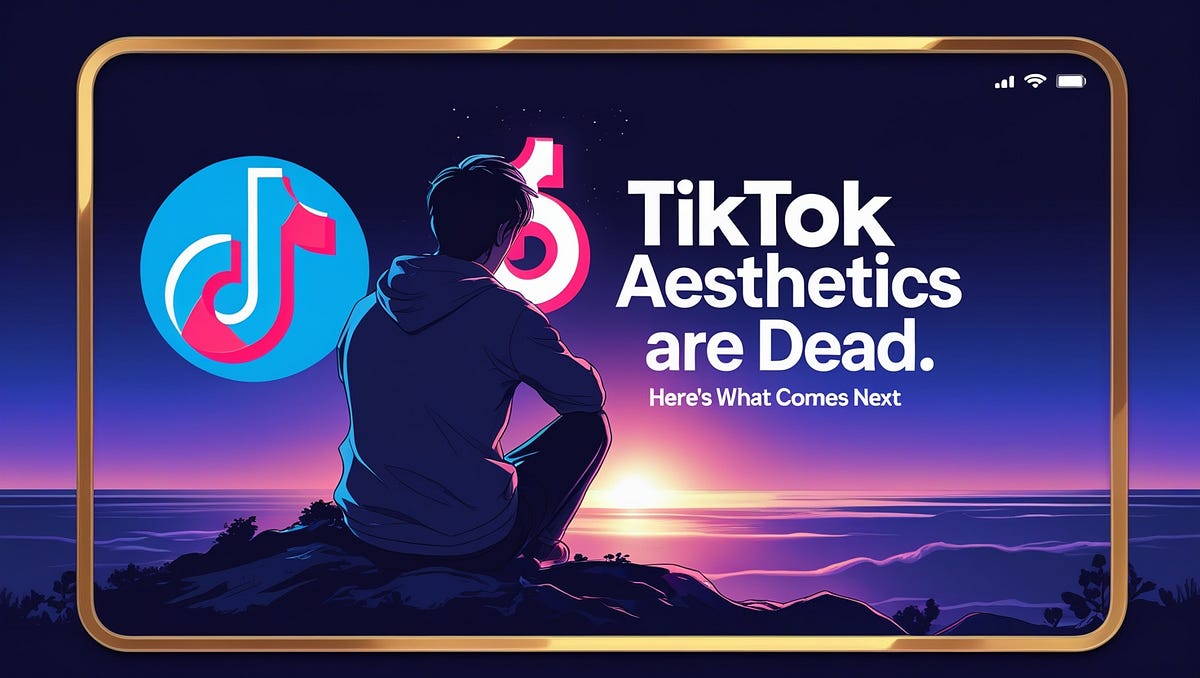If you grew up finding meaning in a slow filter, a specific beat drop, or the coded punctuation of a text overlay, the statement “TikTok aesthetics are dead” will seem like a slight betrayal. However, the death I mean is not elegiac; rather, it is functional; it is what happens when a style turns into a system and the system consumes the style. If, for a moment, you can picture yourself scrolling and feeling less shocked than directed, smiling less at a single voice than identifying a grammar that everyone has learned to speak, you are experiencing the exact moment when an aesthetic turns into a predictable technique and then a meaningless cue. That efficiency was both its genius and, ultimately, its downfall. What I refer to as TikTok aesthetics started out as insurgent shorthand, which consisted of concise performance languages of repetitive gestures, sound cues, color palettes, and editing rhythms that combined to make meaning readable at a look. According to a mentalist, these cues are excellent because they focus attention, establish expectations, and provide a predictable reward. From the perspective of a psychologist, they skillfully took use of reward schedules, which include social currency, instant acknowledgment, modest surprises, and the low-friction joy of belonging. This may be mapped as a distributed protocol by an academic researcher: decentralized agents learning a…
